Agriculture Reference
In-Depth Information
Sidebar: Applying the Synthovation/Regenerative Model:
Concurrent Engineering
Concurrent engineering
is a type of integrative design. It can be envisioned in
the form of rapidly revolving teams. The typical design process, (described in
Chapter 1) for example, is stepwise. Different departments must complete their
responsibilities before passing their interim piece of the design process on to
the next department. There are at least two problems with this approach. The
department is likely not to knowmuch about the details of the process that took
place before they received their charge. Also, they may well believe that their
work is
done
as soon as they pass their work along. Concurrent engineering
allows for myriad points of view and keeps various team members involved
from start to finish.
The advantage of concurrent engineering is its integration of multiple per-
spectives. It is an integrative way to design to meet a client's needs. It prevents
the common problems of the sequential, stepwise approach (type 1, discussed in
Chapter 1), replacing it with parallel processes with immediate consideration for
every aspect of what it takes to produce a product. A design team is tailored to
meet the client needs by optimizing the skills and other corporate resources to
work with a common approach to meet specific design criteria. As such, concur-
rent engineering leverages the expertise, the synergy, and creativity of a design
team made up of multiple perspectives. Experts in design, technology, manu-
facturing, operations, and other disciplines work simultaneously with a single
purpose.
The challenge of concurrent engineering is that it requires an “all in” perspec-
tive. The agency or firm must be dedicated to the long-term implementation,
evaluation, and updates and continuous enhancements. This can be very different
from the sequential flow of most designs. It can also be daunting at first, since the
team approach is very different from that of the hierarchical structures of many
organizations. Thus, it needs commitment from upper management to support a
new set of measures of success as well as a buy-in from every team member and
the parts of the organization that they represent.
Green design actually has been one of the movements toward concurrent
design. Few, if any, green design decisions can be made exclusively from a sin-
gle perspective. We can visualize these design decisions as attractions within
a force field, where the center of the diagram represents the initial condition
with a magnet placed in each sector at points equidistant from the center of
the diagram (see Fig. 5.3). If the factors are evenly distributed and weighted,
the diagram might appear as in Figure 5.4. But as the differential among

Search WWH ::

Custom Search